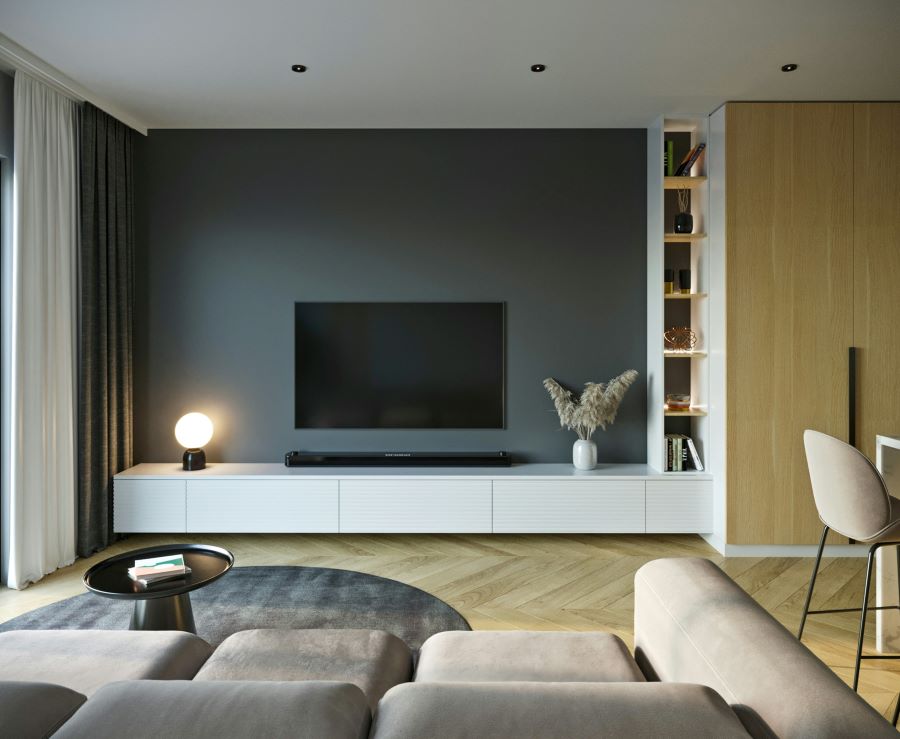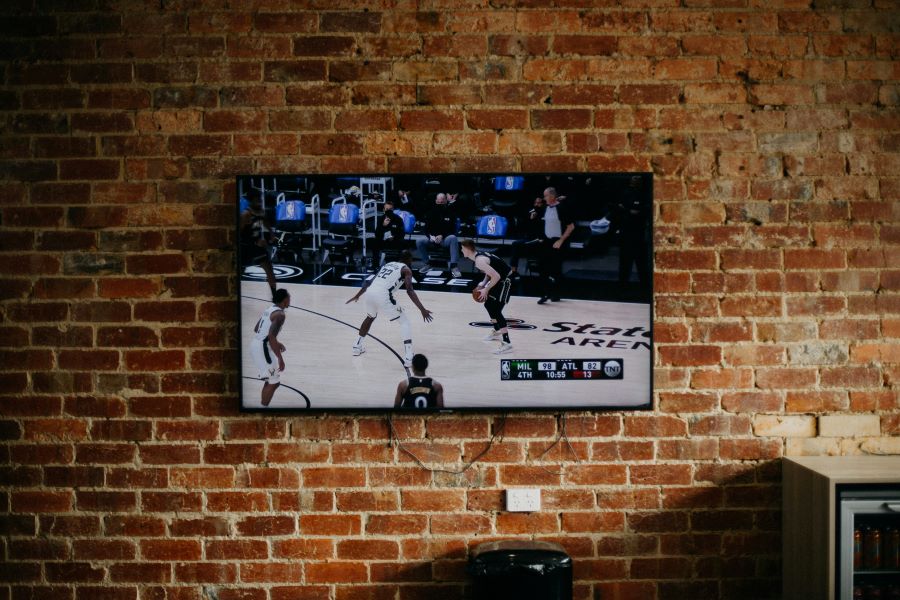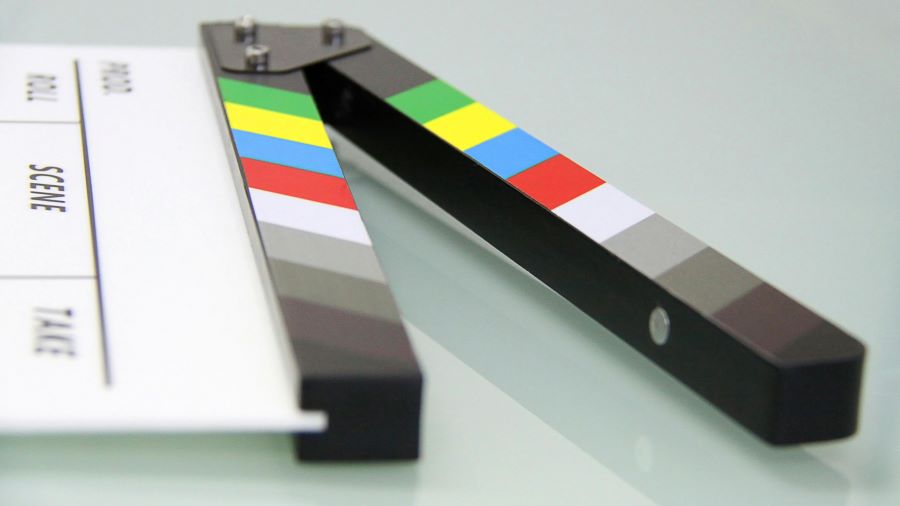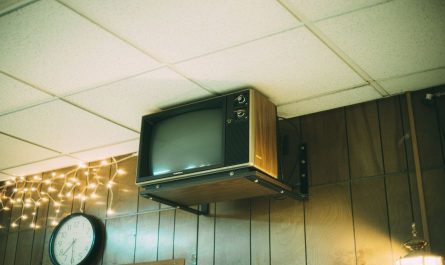In today’s digital age, choosing the right display resolution is crucial to enjoying an amazing viewing experience in cosy set-ups of your living rooms!
Buy Airtel DTH with exciting benefits
With a variety of options available, such as HD, FHD, UHD, HD Ready, and 4K, determining the differences and identifying the best option for you can be an overwhelming experience. But, now that you have landed on this page, we are here to help select the best option and give an in-depth into the world of technology.
So, without further ado, let’s dive straight into the article!
I. HD Vs HD Ready: Understanding the Basics
High Definition or popularly known as HD, refers to a display resolution of 1280×720 pixels. On the other hand, HD Ready signifies a display that can handle HD content but may not have the same resolution as a full HD display. Most people often tend to confuse HD with HD ready due to similar names.
Let’s look at some key differences.
– Display Resolution: HD offers a resolution of 1280×720 pixels. HD Ready may have a lower resolution compared to HD.
– Compatibility: Most HD displays are compatible with HD content formats, ensuring a high-quality viewing experience.
– Best Use Cases: HD displays are generally ideal for smaller screens or budget-friendly options. If high resolution is not your top priority, HD displays might be the right option for you. On the other hand, HD Ready displays are suitable for basic viewing needs and may be more affordable.
Read more: Best features of the Airtel Xstream Android Set Top Box
II. HD Ready Vs Full HD: A Closer Look
Full HD (FHD) offers a higher resolution of 1920×1080 pixels compared to HD Ready. These displays offer the best visual and picture experience than HD-ready displays. If you are into the best high picture and display experience, opt for a full HD display over other options.
– Pixel Count: It is important to note that Full HD displays have a higher pixel count compared to HD-ready displays. To experience a more vibrant and appealing picture experience, opt for Full HD displays.
– Image Clarity: Compared to other options, Full HD displays offer superior image clarity and detail. If you are someone who loves watch movies, shows, or play video games in high-definition quality, Full HD display is an ideal option for you.
– Pros and Cons: In the end talking about pros and cons, while Full HD provides better picture quality, HD Ready displays may be more affordable and accessible for budget-conscious consumers. Hence, select one option from the two will depend majorly on your preferences and budget.
III. Full HD Vs UHD: Stepping Up the Game
UHD (Ultra High Definition), also known as 4K, offers even higher resolution than Full HD, with a pixel count of 3840×2160 pixels.
– Display Resolution Comparison: UHD provides four times the resolution of Full HD, resulting in incredibly sharp and lifelike images. For users who are fans of high-resolution displays, UHD can be the optimum option for them.
– Content Availability: While Full HD content is widely available, UHD content is becoming increasingly prevalent, especially with the rise of streaming platforms offering 4K content.
– Factors to Consider: When choosing between Full HD and UHD, consider factors such as screen size, viewing distance, budget, content consumption habits, and more.
Read more: Here’s how Android and DTH set top boxes are different

IV. UHD Vs 4K: Is There a Difference?
UHD (Ultra High Definition) and 4K are often used interchangeably. It is common to get confused between the two. But, their major difference relies in the technical differences between the two.
– Technical Differences: UHD typically refers to a resolution of 3840×2160 pixels, while 4K traditionally refers to a resolution of 4096×2160 pixels, primarily used in cinema.
– Consumer Implications: For consumers, the differences between UHD and 4K may not be significant, as both offer incredibly high resolution and picture quality.
– Making an Informed Decision: When choosing between UHD and 4K TVs, focus on factors such as pricing, availability of content, and compatibility with devices.
Read more: What is an Android TV box and how does it work?
Which is the best resolution for your TV?
Ultimately, the best resolution for your TV depends on your specific needs, preferences, and budget. If you prioritise image quality and have a larger screen size, investing in a UHD/4K TV would be the best available option for you.
However, if you have a smaller budget or don’t require the highest resolution, a Full HD TV may suffice your needs and requirements. Ensure to consider factors such as content availability, viewing habits, and future-proofing while choosing home television for you or your loved ones.
Why should you go for the Airtel Xstream TV Android Box?
Choosing to watch regular channels and Over-The-Top (OTT) content on a smart Android box, such as the Airtel Xstream TV Android Box, can offer several advantages:
- Versatility: There is no denying the fact that Smart Android boxes often support a wide range of streaming services and applications. It allows viewers to access content from various providers like Netflix, Amazon Prime Video, JioHotstar, YouTube, and more, all in one place.
- Customisation: Another reason why you should opt for Airtel Xstream is because Android boxes run on the Android TV OS, which provides a high level of customisation. This means you can personalise your viewing experience as your likes, dislikes, and preferences.
- Hardware Performance: Android boxes often come equipped with powerful hardware components, such as fast processors, ample RAM, and high-quality graphics capabilities. These features offer a smooth smooth playback of high-definition and even 4K content without buffering or stuttering.
- Connectivity Options: Smart Android boxes typically offer a variety of connectivity options, including Wi-Fi, Ethernet, Bluetooth, HDMI, USB, and more. It allows users to connect to their home networks, external storage devices, sound systems, and other peripherals easily.
- Integration with Smart Home Devices: One of the best parts of opting for Android boxes is that they are often compatible with smart home ecosystems like Google Home or Amazon Alexa. Enabling voice control functionality and allowing users to search for content, adjust settings, and control playback using voice commands.
- Affordability: Compared to purchasing a new smart TV with similar features built-in, buying a smart Android box can be a more cost-effective solution, especially if you already own a standard television that lacks smart capabilities.
Conclusion
With the latest developments and software integrations, understanding the differences between HD, HD Ready, Full HD, UHD, and 4K is essential, especially when choosing the right display for your home or personal entertainment purposes.
Consider all the factors mentioned above when choosing the perfect display for you.
And if you want to convert any regular TV into a smart TV, then bring home the Airtel Xstream TV Android box. Get the best DTH connection only from Airtel! Get yours right now with the AIrtel Thanks mobile recharge app.
In addition, you can also use the same Thanks app to port your number to Airtel, buy a new broadband connection, get referral benefits and a lot more. Download the Thanks app and make the most of it!



